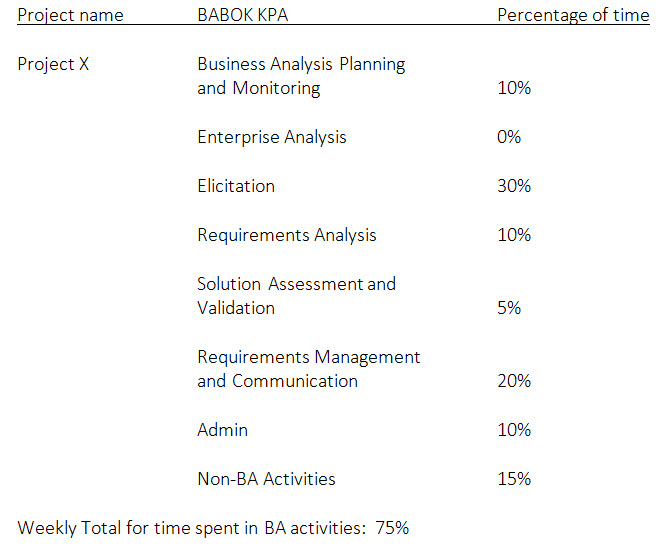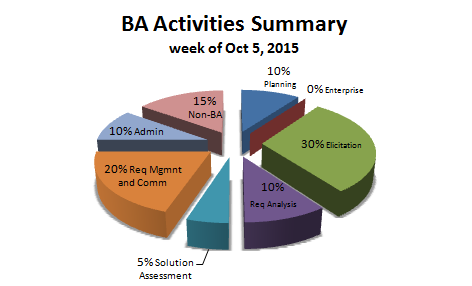
How to Optimize Your Agile Team
Leaders, be they program managers, executives, or directors, need to support this team. A simple guiding principle for leadership is to understand that the people who work in an Agile environment want to perform. From that, good leaders need to understand each team member’s unique skill set, talents, and career goals.
And to make it a human experience, understand what the team member ‘likes.’ I put this in quotes because I believe it was one of the best interview questions I ever was asked. The top executive asked, ‘what do you like…?’ It was an opportunity to respond quickly with a professional answer, but to also connect in a human way. I answered promptly and got the job offer. On the first day, I felt the upper management had both insight into my skills, and an understanding of what made me tick.
Good leaders are able to exercise this insight and then work from a place where they have enough information to make sure the right people are in the right roles. And, to complete setting up the environment for people to express their talents and interests, the leadership needs to set the bar for respect and professionalism. This will vary from organization to organization, but an insightful leader will know how to meet the unique cultural and individual needs of the team. This is especially accessible in an Agile team, the work moves so quickly, and the team works so closely together, good leadership with clear vision expresses itself readily.
Optimizing the Agile BA and all of the Agile Team
In order for leads to gain a clear understanding of the BA team’s capabilities, it is crucial that the leaders know each of their BAs. Take a pH test and ask yourself questions about those whom you direct:
- Do you know your BA’s backgrounds? Strengths? Weaknesses? Aspirations?
- How long have they been a BA
- Why are they a BA?
- What are their career goals?
- Are they CBAP certified? If not, do they want to be?
- Are they happy with their role?
- Do they feel productive at the end of the day?
- Do they come in with new ideas in the morning?
- Is there something they want to do on the team, but haven’t had the chance to?
- Do they have an idea they want to share? A concern?
- Do they have kids? If so, how many?
- Do they have pets? If so, how many?
- Where would they like to go for lunch if you asked?
- What do they like to do besides work?
- What makes them tick?
Other questions to ask yourself or ask your team members:
- Have you provided a framework for your team to perform? Not a rigid, over-worked process but the essential structures to support an efficient workflow.
- Have you published this info? Examples are IT management 101’s like: ‘Do you have backups? And do people have a way of knowing who are backups?’ or ‘Do you capture and publish knowledge with an efficient tool that is available to the team?’
- Very importantly, for the sake of continuity amid changes: ‘Do you have an exit plan for team members leaving and onboarding?’
- Do you treat contractors with equal interest and respect as FTE’s? Do they feel like valued members of the team?
- Do you listen to your team?
- Do you listen ‘between the lines’?
- Do you ask team members what they think? Do you listen to their answers and empower them to usher their ideas?
- Are you sensitive to the cultures and multi-cultural dynamics among team members? Do you know about the cultures your team members may have come from?
- Perhaps most importantly, are you available to your team members? Do they feel they can talk to you?
With this kind of increased knowledge of the team’s dynamics, managers can be empowered to make decisions that provide the infrastructure to optimize performance. This is a win-win situation for the individuals involved and the eventual output of the project.
Related Article: Want a Successful Agile Team? Include a BA!
Another possible method to gain insight into how your Agile and BA team is performing, and to understand where BA energy is going, is to use a BABOK-centered tool that I once had the chance to put to use. In a large organization where I worked, the BA team was disheartened by their workload, but even more so, the type of work tasks and activities that occupied most of their days. One BA shared with me that he barely felt that he worked as a BA! The management and directors felt the team was weak in its performance. They were oblivious to the root causes of mediocre delivery. Their idea was simplistic: to put more pressure on the already unhappy BAs. I needed to make a persuasive case to management to reorganize and re-delegate how work got done.
In order to capture exactly how the BA team was under-utilized, I constructed a calculator that was based on the Key Processes Areas of the BABOK. The instructions were as follows:
Step 1: At the end of each week, BA’s should enter the percentage of time that she/he had spent in each of the BABOK KPA’s listed. For work that did not fall into one of the KPA’s, it should be entered as a ‘non-BA activity’. Ten percent would automatically be allocated to administrative time.
Below is a sample:

Note: Be sure that BA’s have autonomy in this data capture, and that it does not become ‘hourly’ time tracking.
Step 2: Capture the percentages for a month, then summarize in one graphical representation.
Step 3: Capture this information for 3 months (1 quarter), summarize, and present in a graphic presentation.
Step 4: Collect what activities constituted ‘Non-BA Activities’ and describe it in the presentation to management.
Step 5: Present this information to management and executives involved in decision making.
Step 6: For management, use this information to plan for greater use of BA talent and skills, use this information to support BA team members in strengthening their weaknesses and planning education for the teams. For leadership, use this to diagnose a project’s weaknesses or challenges to delivery. Incorporate this into strategic thinking and decisions.
This is one tool, one way to gain insight into the true dynamics and functioning of a team. The set of questions can be very useful, especially for the out-of-touch leader. An Action plan could be derived using these, and including more, customized to your unique team. By using information in a meaningful way, leaders can be empowered to make truly innovative decisions. Over time, this will build the framework for an Agile team to be optimized, and for a success story all around!